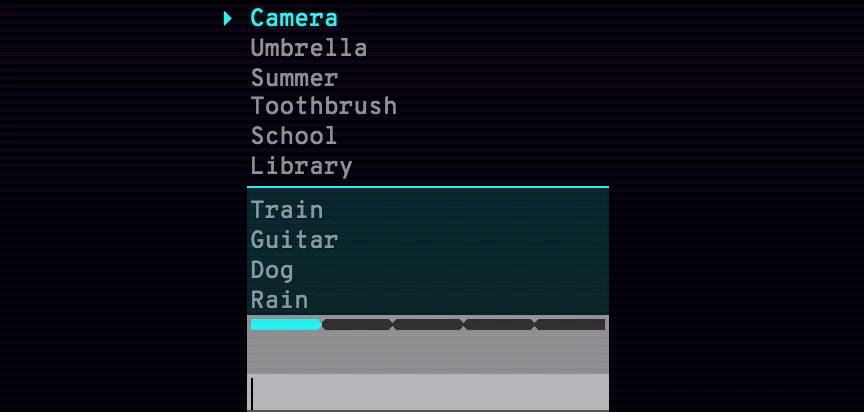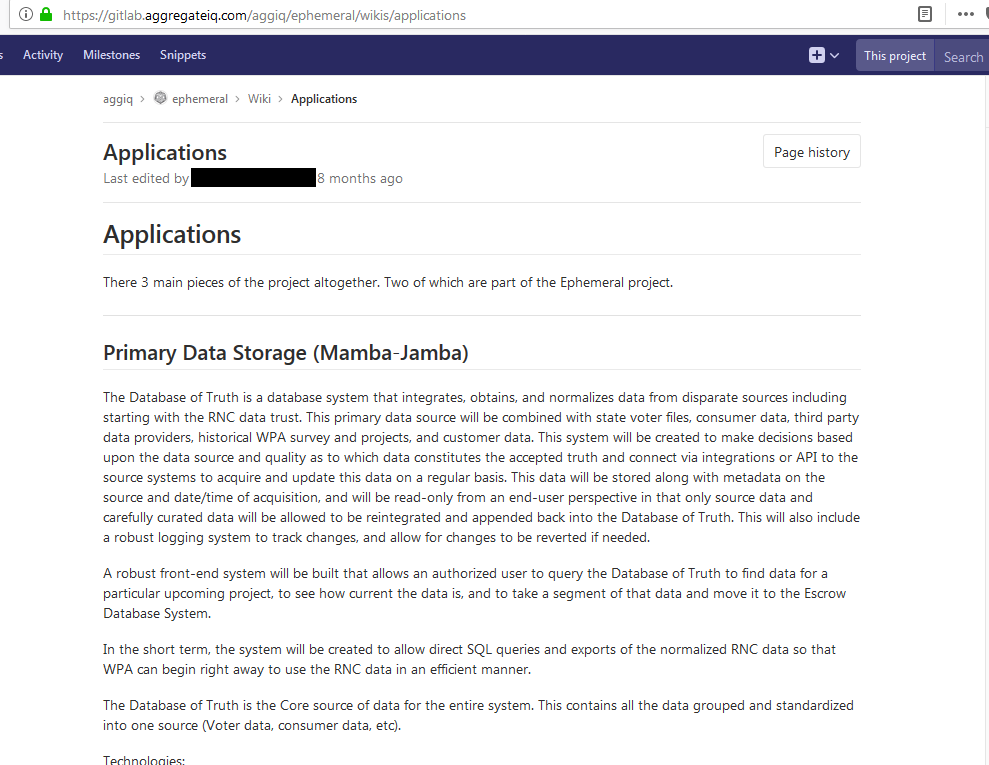When it comes to the crucial ethical question of calling one’s mother, most people agreed that not doing so was a moral failing.
Quartz reports on a study in Philosophical Psychology that Ethicists are no more ethical than the rest of us, study finds — Quartz. While one wonders how one can survey how ethical someone is, this is nonetheless a believable result. The contemporary university is structured deliberately not to be a place to change people’s morals, but to educate them. When we teach ethics we don’t assess or grade the morality of the student. Likewise, when we hire, promote, and assess the ethics of a philosophy professor we also don’t assess their personal morality. We assess their research, teaching and service record, all of which can be burnished without actually being ethical. There is, if you will, a professional ethic that research and teaching should not be personal, but be detached.
A focus on the teaching and learning of ethics over personal morality is, despite the appearance of hypocrisy, a good thing. We try to create in the university, in the class, and in publications, an openness to ideas, whoever they come from. By avoiding discussing personal morality we try to create a space where people of different views can enter into dialogue about ethics. Imagine what it would be like if it were otherwise? Imagine if my ethics class was about converting students to some standard of behaviour. Who would decide what that standard was? The ethos of professional ethics is one that emphasizes dialogue over action, history over behaviour, and ethical argumentation over disposition. Would it be ethical any other way?



